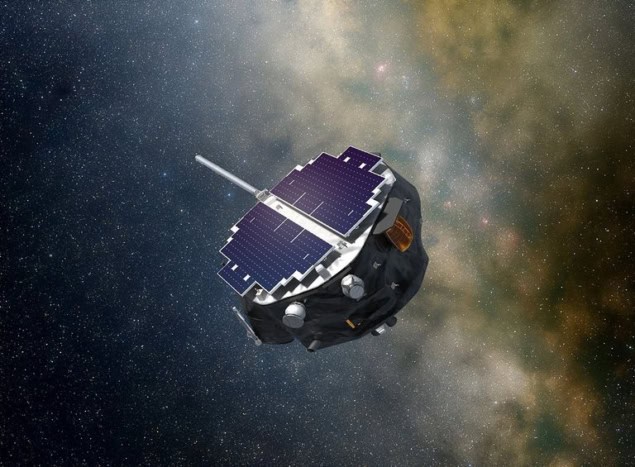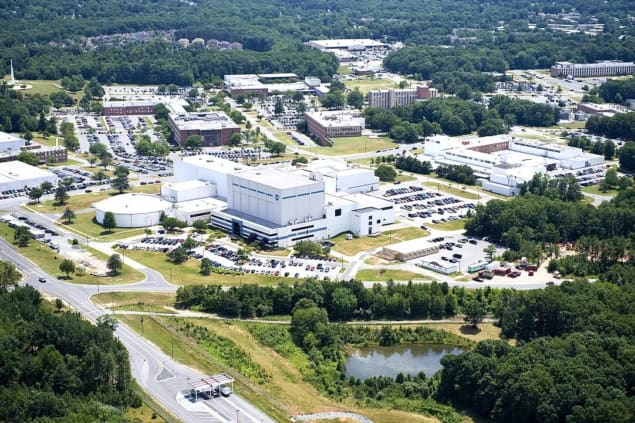Ερευνητές πέτυχαν την πρώτη κβαντική τηλεμεταφορά μεταξύ φωτονίων – Βήμα προς το κβαντικό διαδίκτυο
Καλλιτεχνική απεικόνιση κβαντικής τηλεμεταφοράς μεταξύ φωτονίων BlueQubit
Η ασφάλεια της ψηφιακής ζωής παραμένει εύθραυστη, καθώς οι κυβερνοεπιθέσεις γίνονται ολοένα πιο σύνθετες χάρη στην τεχνητή νοημοσύνη.
Η κβαντική κρυπτογραφία προβάλλει ως μια πιθανή απάντηση στο παραπάνω πρόβλημα: αξιοποιεί θεμελιώδεις αρχές της κβαντικής φυσικής για τη μετάδοση πληροφοριών με τρόπο που καθιστά σχεδόν αδύνατη την υποκλοπή χωρίς να εντοπιστεί ο δράστης. Ωστόσο, η ανάπτυξη της τεχνολογίας που απαιτείται για ένα λειτουργικό κβαντικό διαδίκτυο εξακολουθεί να προσκρούει σε σημαντικά επιστημονικά εμπόδια, αναφέρει το SciTechDaily.






